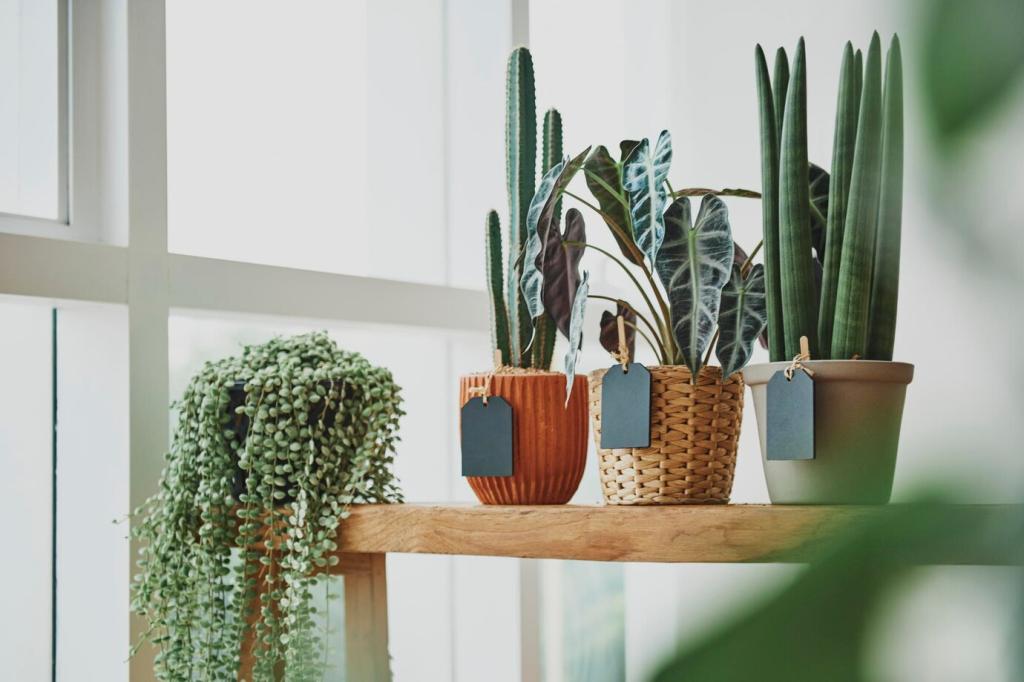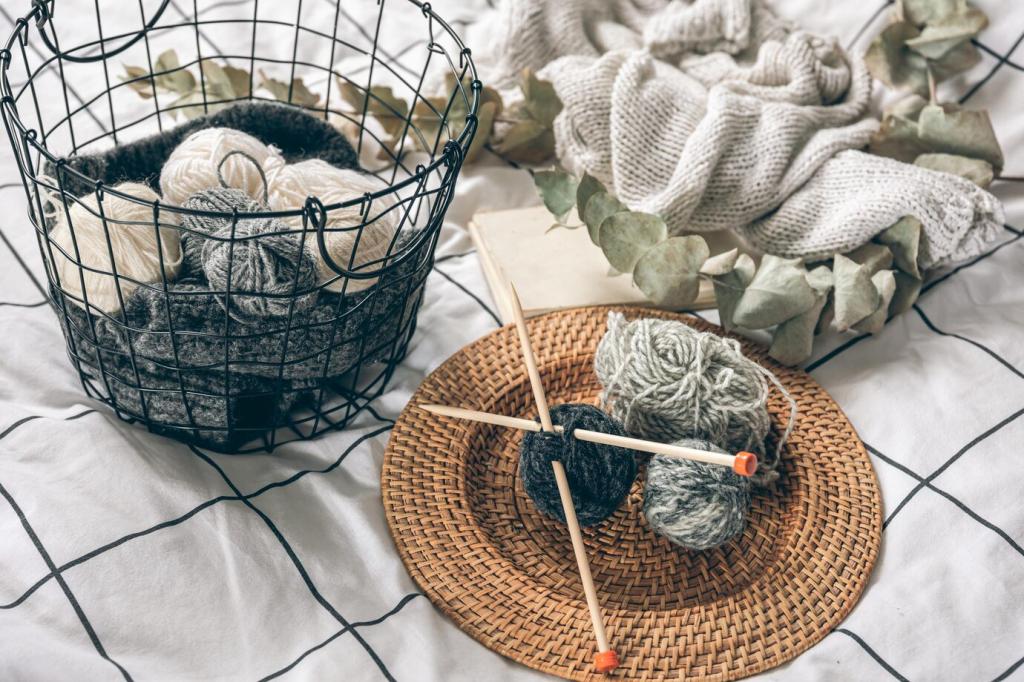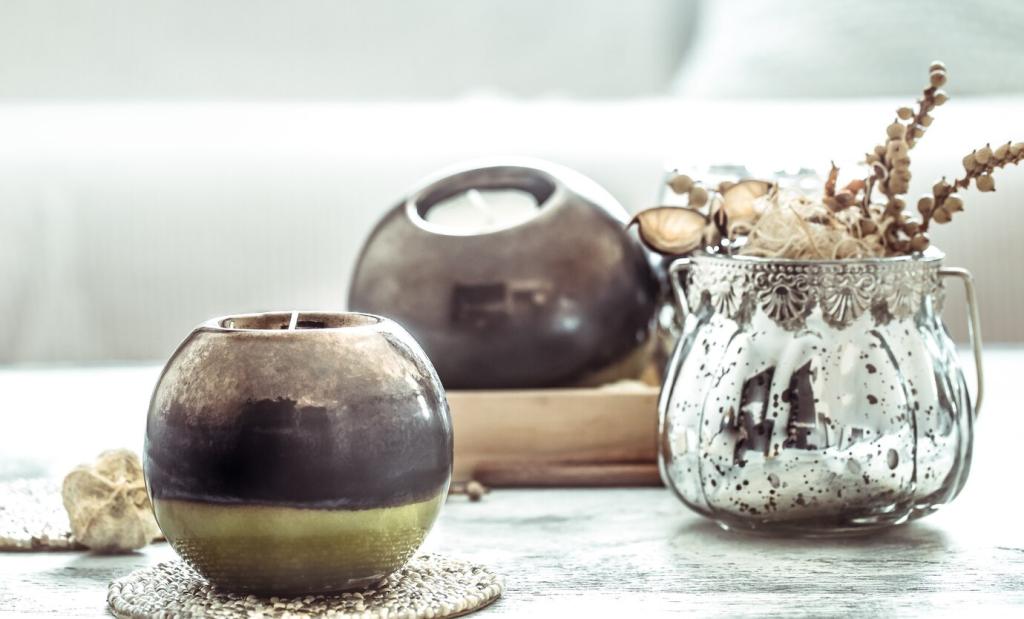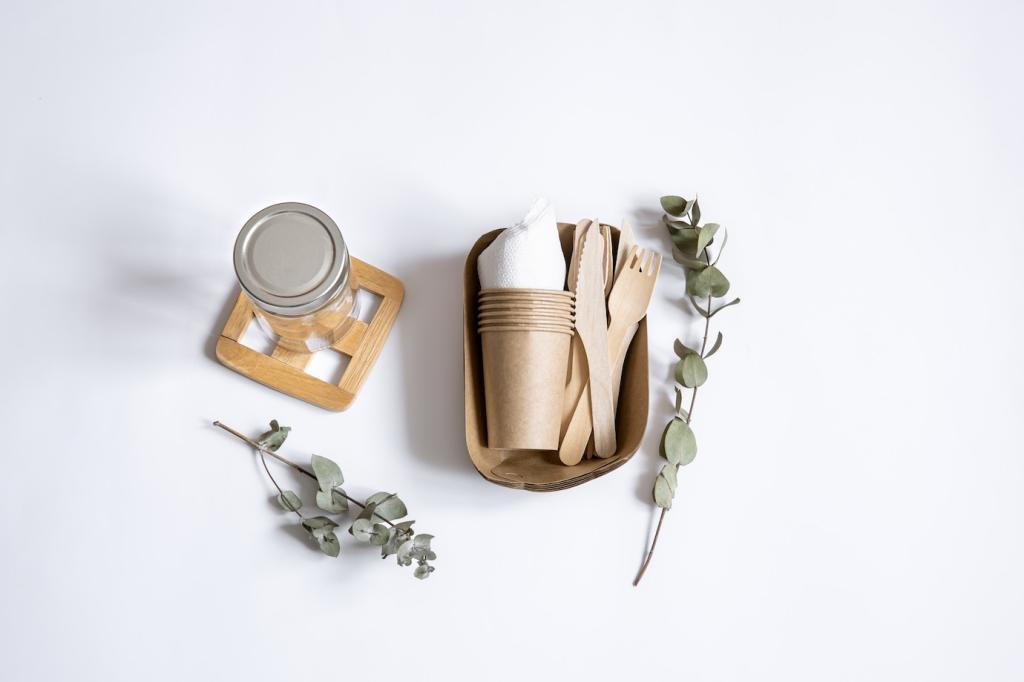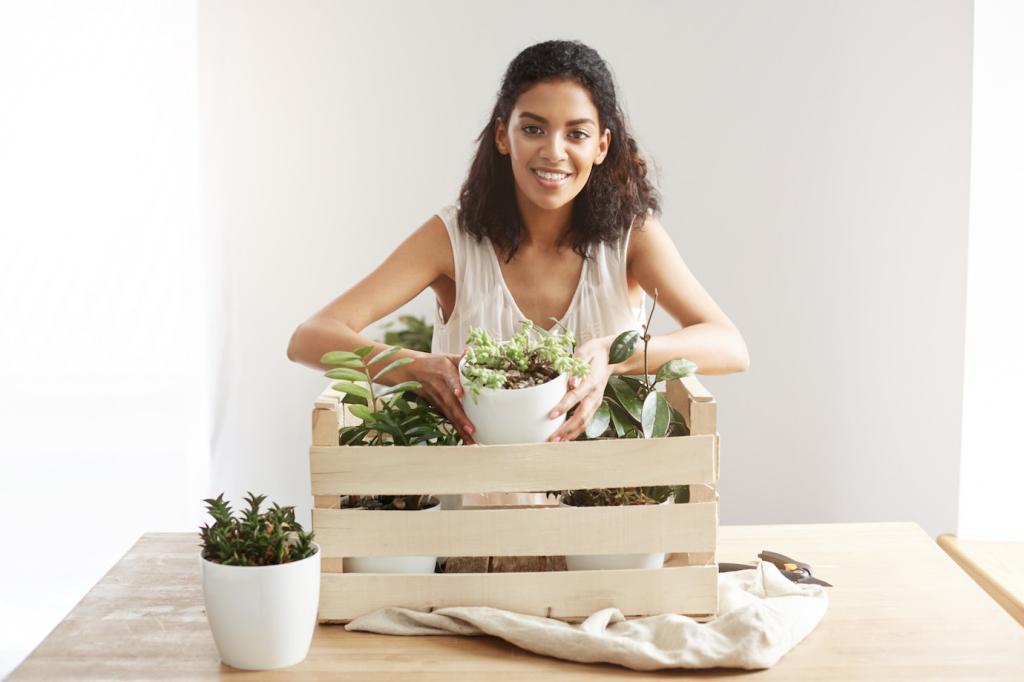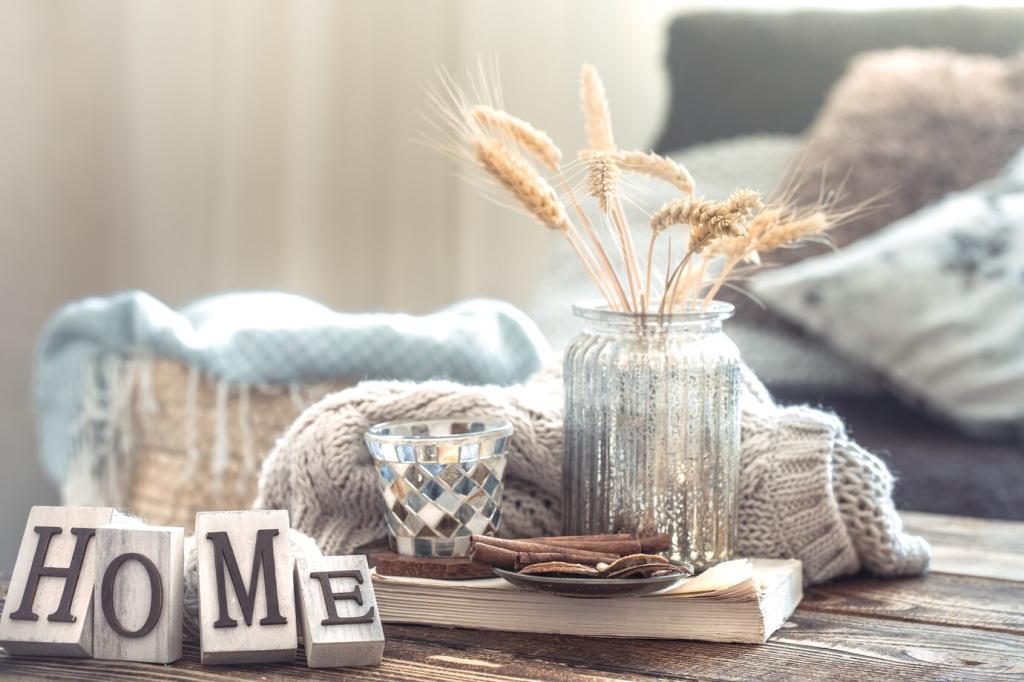Style and Home with Organic Textiles
Choose a palette of undyed neutrals, soft plant-dyed tones, and versatile silhouettes. Organic tees, linen trousers, and a lyocell slip dress can anchor countless looks. Share your three most-worn organic pieces, and subscribe for our capsule checklist designed to simplify mornings and amplify impact.
Style and Home with Organic Textiles
Mix organic cotton base layers with hemp overshirts and chunky organic wool when temperatures dip. Natural fibers shed fewer microplastics, keeping waterways clearer. What’s your go-to cold-weather combo? Drop it below so others can build a cozy, conscious rotation that feels honest and warm.
Style and Home with Organic Textiles
Organic percale sheets, stonewashed linen duvet covers, and handwoven hemp rugs turn rooms into restful retreats. The tactile quiet of natural fibers slows the day. Post a photo of your favorite organic nook, and we’ll feature community spaces that prove sustainability can be beautifully lived.
Style and Home with Organic Textiles
Lorem ipsum dolor sit amet, consectetur adipiscing elit. Ut elit tellus, luctus nec ullamcorper mattis, pulvinar dapibus leo.

